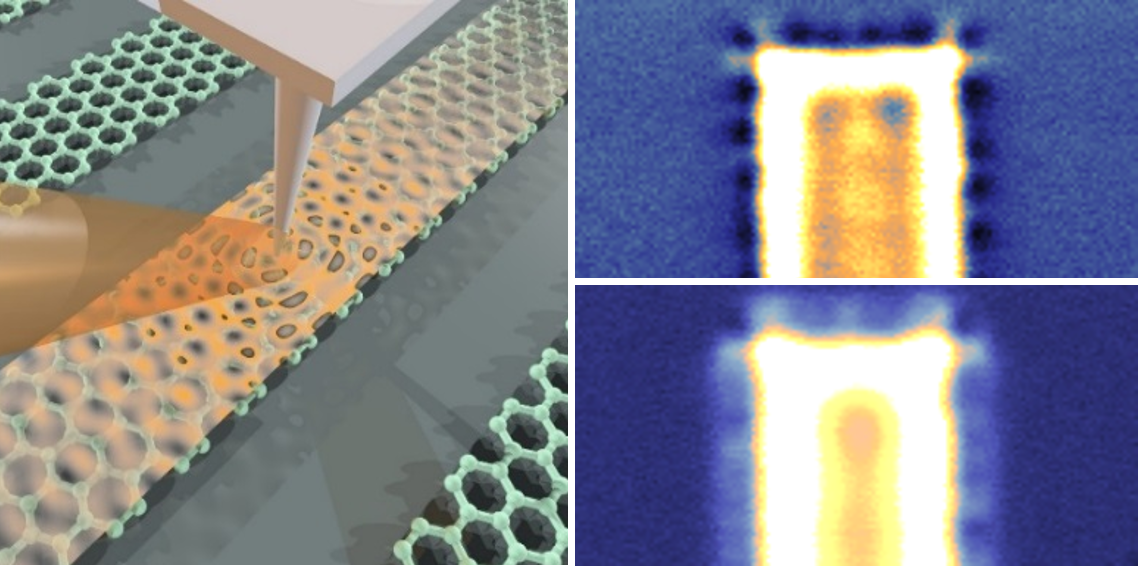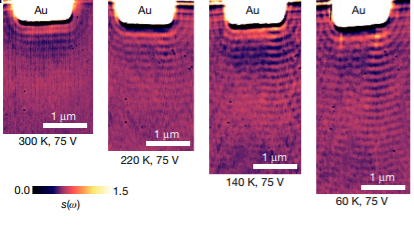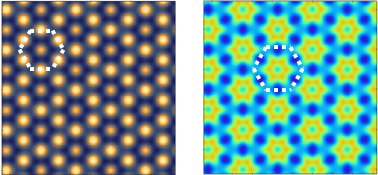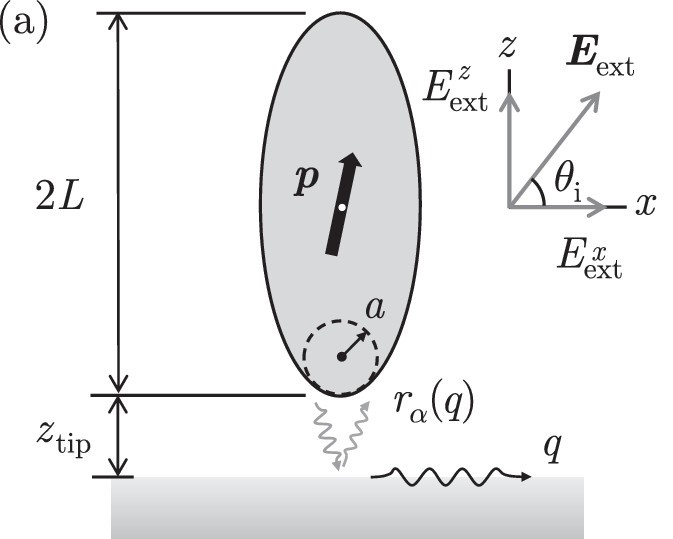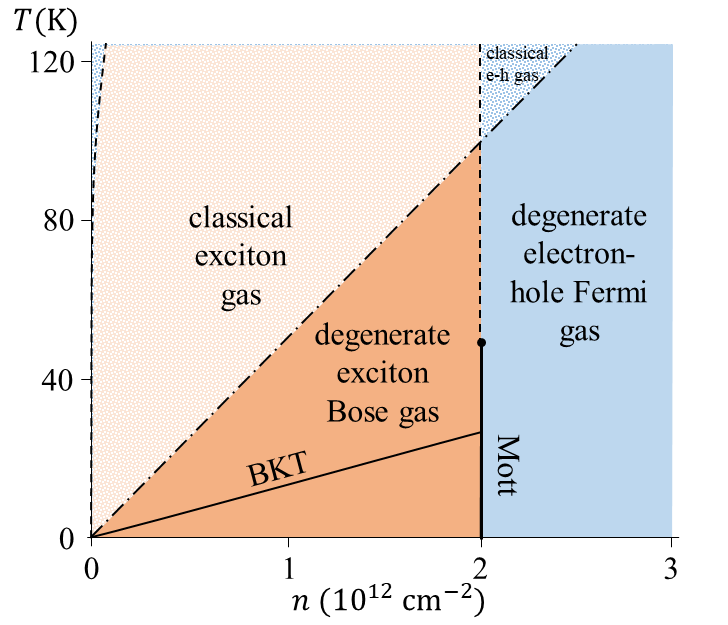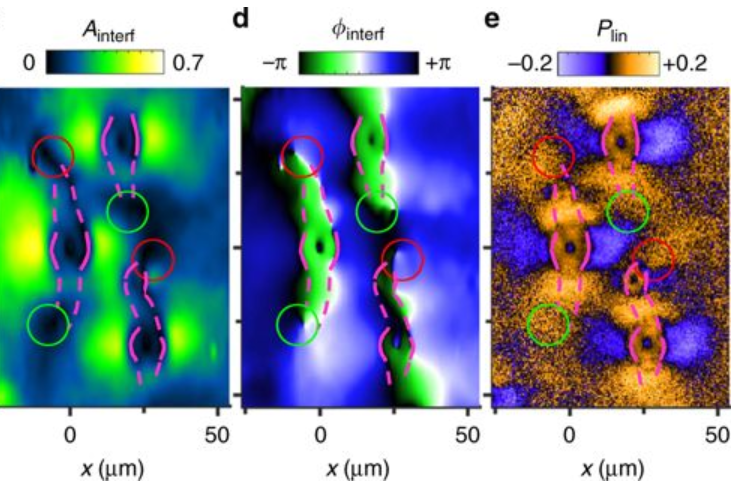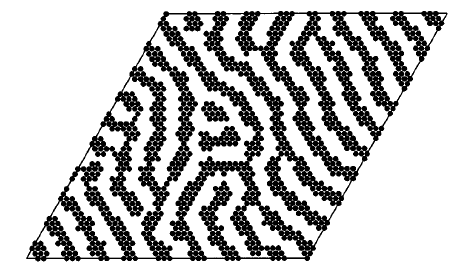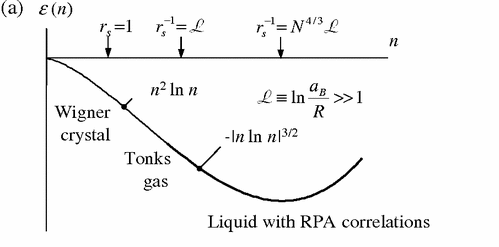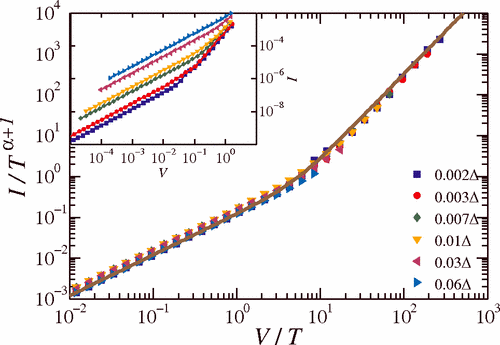Graphene and other 2D materials
Graphene has many superlative properties such as enormous mechanical strength, excellent electrical and heat conductivity, and strong interaction with light. Our theoretical work on graphene includes investigation of electron interaction and transport, nanomechanics, plasmonic and polaritonic characteristics, ultrafast optical response, solid-state hydrodynamics, etc. Graphene is a member of a large family of 2D and quasi-2D physical systems known as van der Waals (vdW) materials. We also study multi-component vdW systems or heterostructures composed of graphene, hexagonal boron nitride, and transition metal dichalcogenides. Such heterostructures can exhibit emergent phenomena not found in its individual components.
Plasmon polaritons are hybrid excitations of light and mobile electrons that can confine the energy of long-wavelength radiation at the nanoscale. Plasmon polaritons may enable many enigmatic quantum effects, including lasing, topological protection, anddipole-forbidden absorption. A necessary condition for realizing
such phenomena is a long plasmonic lifetime, which is notoriously difficult to achieve for highly confined modes. Plasmon polaritons in graphene—hybrids of Dirac quasiparticles and infrared photons—provide a platform for exploring light–matter interaction at the nanoscale... Link
G.X. Ni, A.S. McLeod, Z. Sun, L. Wang, L. Xiong, K.W. Post, S.S. Sunku, B-Y Jiang, J. Hone, C.R. Dean, M.M. Fogler, and D.N. Basov. Nature 557, 530–533 (2018)
A general relation is derived between the linear and second-order nonlinear ac conductivities of an electron system in the hydrodynamic regime of frequencies below the interparticle scattering rate. The magnitude and tensorial structure of the hydrodynamic nonlinear conductivity are shown to differ from their counterparts in the more familiar kinetic regime of higher frequencies. Due to universality of the hydrodynamic equations, the obtained formulas are valid for systems with an arbitrary Dirac-like dispersion, ranging from solid-state electron gases to free-space plasmas, either massive or massless, at any temperature, chemical potential, or space dimension. Predictions for photon drag and second-harmonic generation in graphene are presented as one application of this theory. Link
Zhiyuan Sun, Dmitri N Basov, and Michael M Fogler. PNAS 115, 3285-3289 (2018)
We theoretically investigate charged collective modes in a two-dimensional conductor with hot electrons where the instantaneous mode frequencies gradually increase or decrease with time. We show that the loss compensation or even amplification of the modes may occur. We apply our theory to two types of collective modes in graphene, the plasmons and the energy waves, which can be probed in optical pump-probe experiments. Link
Zhiyuan Sun, D. N. Basov, and M. M. Fogler. Physical Review Letters 117, 076805 (2016)



